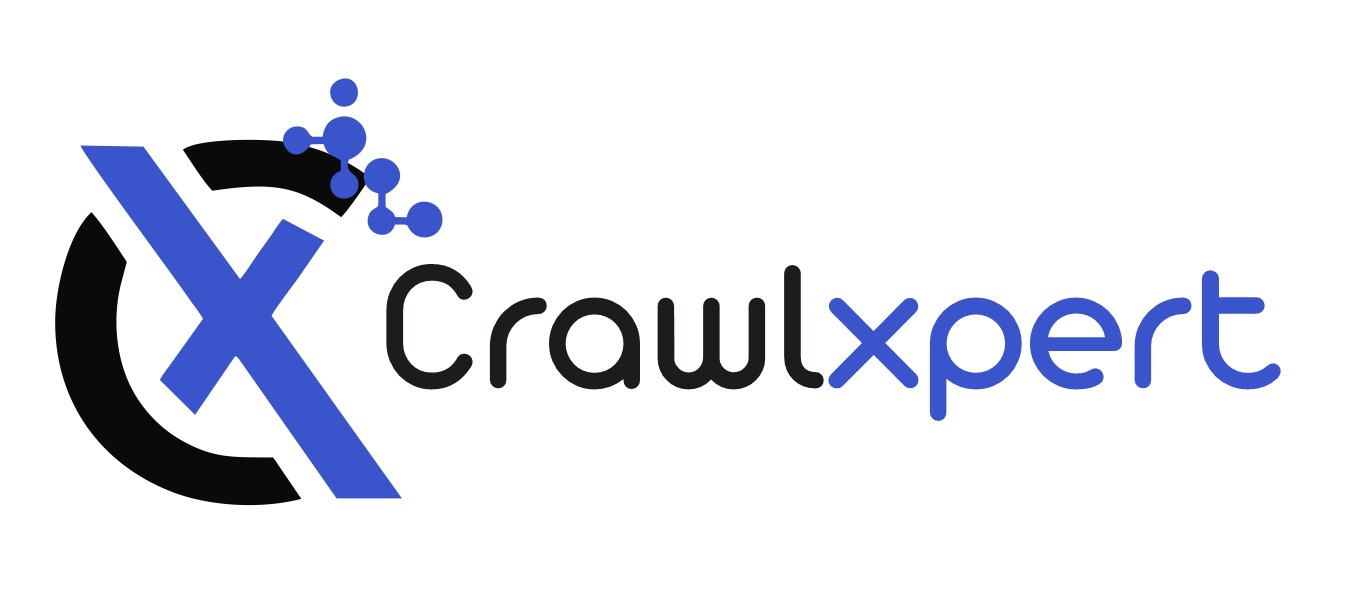
How Retailers Use Web Scraping to Optimize Inventory Management
Apr 24, 2025
Introduction
As an essential acumen today in this retail world, inventory management would be something operating with efficiency and customer service. E-commerce and omnichannel retailers require optimizing inventory management strategies to remain relevant. A good technique applied everywhere nowadays is web scraping.
Web scraping allows retailers to obtain real-time data from diversified online sources, such as an inventory level, competitor price, demand forecasting, consumer analysis, and developed data-based inventory decisions. In this post, we will cover how web scraping enhances inventory management for retailers, its benefits, its challenges, ethical considerations associated with the practice, and the best practices in implementing an efficient scraping strategy.
Importance of Efficient Inventory Management
Inventory management is an activity to control the ordering, storage, and use of stock to minimize costs while serving demand from customers. Poor inventory management usually results in overstocking, stockout, and loss of revenues.
Common Inventory Management Challenges
- Lost Sales and Stockouts: When a company runs out of high-demand products, customers get angry and will eventually lose sales.
- Storage Costs and Overstocking: When a company holds too high an inventory, it runs the risk of incurring high storage costs and having unsold products left over.
- Difficulties in Demand Forecasting: Consumer trends can turn to be misshaped and bring too many or too few stocks.
- Disruptions in the Supply Chain: External factors such as global supply chain issues, logistical delays, and supplier failures can affect inventory replenishment.
- Price Instability: These abrupt changes in the price have a telling impact on the profit margin and competitive ability.
- Multichannel Complexity on Retailing: Management of inventory on different platforms like online marketplaces, physical stores, and D2C poses some level of complexity in the tracking of inventory.
How Web Scraping Optimizes Inventory Management for Retailers
Web scraping produces automation data from competitor websites, suppliers, and marketplaces into significant information beneficial for retailers to enhance inventory management. The data generated are analyzed for optimum stock levels, pricing strategies, and overall supply chain efficiency.
1. Real-time Stock Monitoring
Retailers can use web scraping to track how available the products are across different online platforms and adjust them as needed. Through monitoring competitor stock levels, retailers can forecast a spike in demand and enable timely replenishment action.
2. Competitive Pricing Intelligence
Web scraping establishes real-time insights into peer pricing strategies among competitors. With new price changes, small businesses can simply vary their price tags to remain competitive shelling out optimal inventory turnover. Besides, it helps to work on perfect seasonal price trends for marketing campaigns.
3. Demand Forecasting and Trend Analysis
Analyzing the seasonality demands-flowing trend across markets using scraped data will usually allow certain retailers to anticipate and get stocked well with trending products before any competitor does so. Further, scraped-data based forecasting models of demand allow a firm to optimize inventory allocation hence reduced overstocking as well as stock-out occurrence.
4. Supplier Performance Tracking
To monitor supplier stock availability and delivered timelines with a comparative price and reliability, retailers can scrape supplier websites or marketplace data. This kind of data collects for firms in terms of supplier reliability in order to avoid any inventory shortage because of a supply chain failure.
5. Automating Replenishment Decisions
Retailers can integrate scraped data to inventory management systems and automate the replenishment process based on real-time views. Automated resupply reduces chances of human error and safeguards sustenance levels. Advanced AI solutions automatically trigger purchase orders once stock decreases over a preset threshold.
6. Identification of Fraudulent Listings & Unauthorized Sellers
Web scraping can be utilized by retailers to reveal the counterfeit goods or unauthorized sellers that undercut their prices, to thwart brand dilution and revenue loss. This is highly critical for premium brands that require shielding not just reputations, but also price integrity.
7. Identifying Buying Patterns and Preferences of Customers
Scraping customer reviews, ratings, and feedback on e-commerce websites helps retailers understand customer perspectives, analyses complaints from customers, and also recognize points for improvement. In this way, businesses can better position products in front of the customer through research.
8. Promotions and Discount Monitoring
Retailers can track competitors' flash sales, discounts, and promotional campaigns using web scraping. That way, businesses can create competitive strategies for marketing and then adjust prices to attract more customers.
Web Scraping Techniques for Inventory Management
Tools and Technologies for Data Scraping:
- Python Libraries: BeautifulSoup, Scrapy, and Selenium can be used to efficiently extract the data from websites and process it further.
- API's or Data Extraction Services: Some platforms offer APIs that provide access to the specifically structured data and this will reduce or eliminate the needs to scrape.
- Cloud based Solutions for Web Scraping: Managed services simplified the large scale scraping and at the same time provide legal compliance.
- AI and Machine Learning Enabled: AI is yet an exciting idea for retail corporations, as now they can leverage AI to value the scraped data and obtain predictive insights for inventory management.
Overcoming Web Scraping Challenges
- Website Structure Changes: Retailers need to regularly update their scraping scripts to accommodate changes in website design and layout.
- IP Blocking and Anti-Bot Measures: Using proxy rotation, CAPTCHA solvers, and user-agent switching helps prevent detection and blocking.
- Data Cleaning and Processing: Extracted data must be structured and formatted for accurate insights. Businesses should use data preprocessing techniques to remove inconsistencies and ensure data reliability.
- Handling Large Volumes of Data: Efficient database management and cloud storage solutions help retailers process and store large datasets without performance issues.
Ethical and Legal Considerations
While web scraping offers immense benefits, businesses must adhere to ethical and legal guidelines:
- Respect Terms of Service: Always review a website's terms before scraping and ensure compliance with platform policies.
- Use Publicly Available Data: Avoid scraping personal or sensitive information that violates data privacy regulations.
- Employ Responsible Scraping Practices: Limit request rates to prevent server overload and ensure fair use of web resources.
- Compliance with Regulations: Businesses should adhere to data protection laws such as GDPR, CCPA, and other relevant regulations when collecting and processing data.
Future of Web Scraping in Retail Inventory Management
As technology continues to evolve, web scraping will become an even more integral part of inventory optimization strategies. Emerging trends include:
- AI-Driven Predictive Analytics: Advanced AI models will further enhance demand forecasting and automated inventory replenishment.
- Blockchain Integration for Transparency: Blockchain technology can be used to verify supplier authenticity and track inventory movements.
- Real-Time Market Intelligence Dashboards: Retailers will increasingly use dashboards that provide real-time insights from scraped data for quick decision-making.
Conclusion
Web scraping has completely transformed inventory management, now enabling retailers to view levels of stock, spot differences in competitor pricing, obtain demand forecasts, and speed up supply chain operations. Businesses are now much more capable of creating inventory strategies aimed at customer satisfaction and profit maximization thanks to sophisticated web scraping.
If you are a retailer seeking ethical web scraping solutions, CrawlXpert can offer the best practices in this regard. In fact, with CrawlXpert's ingenious web scraping tools, businesses can thrive on-cut in today's e-retail battlefield as such flow smarter decisions in all aspects, from inventory downwards, based on data.

